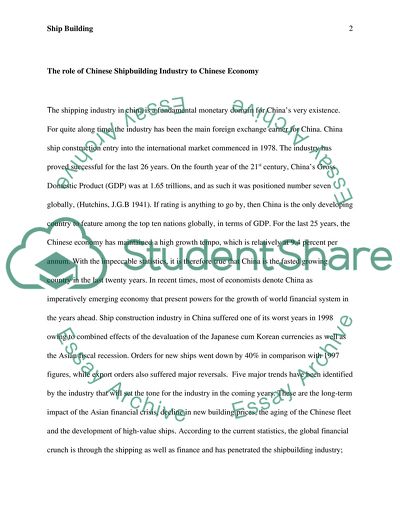Cite this document
(Ship Building in China Statistics Project Example | Topics and Well Written Essays - 2750 words, n.d.)
Ship Building in China Statistics Project Example | Topics and Well Written Essays - 2750 words. Retrieved from https://studentshare.org/macro-microeconomics/1552838-the-current-shipbuilding-market-in-china
Ship Building in China Statistics Project Example | Topics and Well Written Essays - 2750 words. Retrieved from https://studentshare.org/macro-microeconomics/1552838-the-current-shipbuilding-market-in-china
(Ship Building in China Statistics Project Example | Topics and Well Written Essays - 2750 Words)
Ship Building in China Statistics Project Example | Topics and Well Written Essays - 2750 Words. https://studentshare.org/macro-microeconomics/1552838-the-current-shipbuilding-market-in-china.
Ship Building in China Statistics Project Example | Topics and Well Written Essays - 2750 Words. https://studentshare.org/macro-microeconomics/1552838-the-current-shipbuilding-market-in-china.
“Ship Building in China Statistics Project Example | Topics and Well Written Essays - 2750 Words”. https://studentshare.org/macro-microeconomics/1552838-the-current-shipbuilding-market-in-china.


